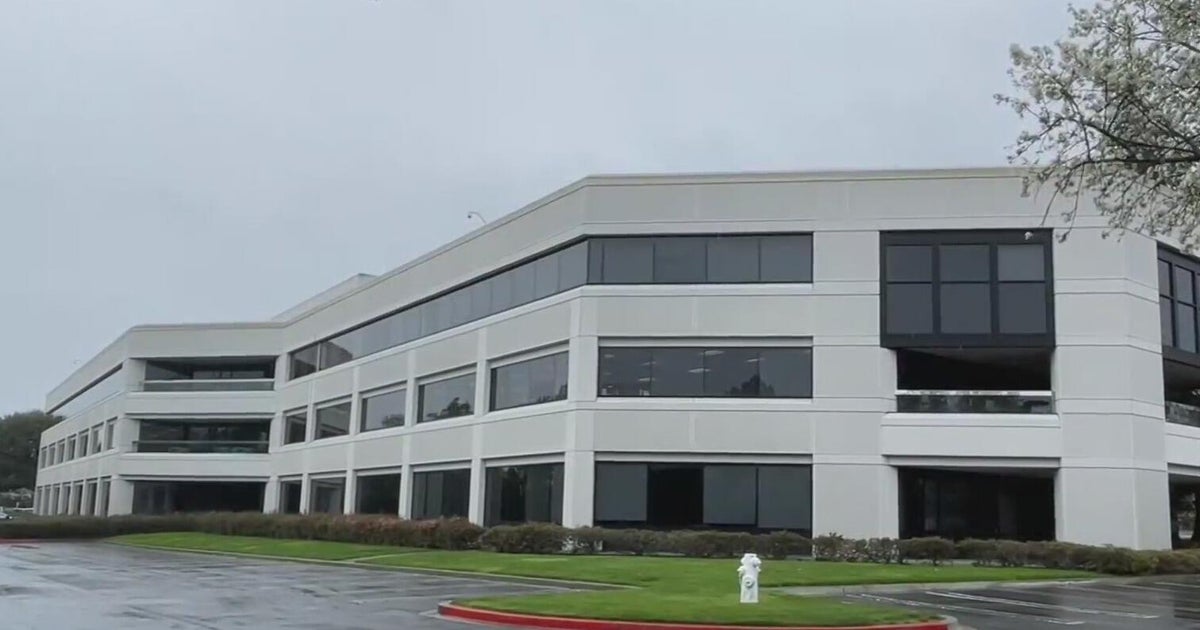The COVID-19 pandemic has transformed work dynamics in the Bay Area, leading to lasting remote work trends that pressure office building owners like those at Bishop Ranch in San Ramon. The complex, originally office-centric, is pivoting to mixed-use developments. With companies like Chevron relocating and office spaces vacated, Bishop Ranch is transitioning to residential options, introducing “City Village” and senior living projects. Developer KB Home plans to replace an office building with over 100 homes. The shift highlights suburban appeal, as many seek affordable living near their workplaces. Experts emphasize the need for innovative land use to support regional growth.
As the COVID-19 pandemic swept through the Bay Area, businesses had to adapt to a new work environment. Five years later, the sustained demand for remote work presents significant challenges for office building owners and operators.
A business complex in San Ramon is actively adjusting to these changes.
The expansive Bishop Ranch complex, which opened in 1978, was initially designed solely for business purposes. However, the landscape of business has evolved, presenting them with a stark choice: adapt or face decline.
These are challenging times for Bishop Ranch. Chevron has relocated its global headquarters, and last year, human resources firm Robert Half International vacated its office, leaving behind an entire building filled with unused furniture and desks.
The Bay Area Council Economic Institute has been examining this situation, with Executive Director Jeff Bellisario offering insights.
“In the aftermath of the pandemic, we find ourselves in a new era of remote work, one that may be here to stay,” he noted. “Investors and landowners are contemplating, ‘What comes next? How can we best utilize our assets?'”
At Bishop Ranch, this entails a forward-thinking approach. Originally designed as an office-centric environment, they launched City Center in 2018, which features retail, dining, and entertainment options. Now, post-pandemic, with vast parking lots largely unused, they’re re-envisioning the location as a mixed-use residential community.
“City Village,” a new development of single-family homes, has recently opened alongside the senior living community “Belmont Village.” On March 4th, KB Home announced the acquisition of a significant office building, Bishop Ranch 7, for $57.8 million, intending to transform it into over 100 homes in a housing project dubbed “Bartlett.”
“Our goal is to maximize regional resources to tackle our existing challenges,” stated Bellisario. “Housing affordability remains our primary issue, and we have limited land available for new housing development. This reality fosters the innovative solutions we need.”
He explained the rationale behind focusing on San Ramon instead of larger urban centers like San Francisco.
“The suburbs appear to be thriving amidst all this,” Bellisario observed. “While densely populated metropolitan areas are still grappling with the pandemic’s impact, suburban locations are attracting people seeking backyards, affordability, and proximity to workplaces and amenities. The concept at Bishop Ranch, which integrates office space with a City Center and residential areas, is quite sensible.”
Many wonder why the vacant office spaces in San Francisco high-rises aren’t being repurposed as housing. However, Bellisario pointed out that most office buildings lack the infrastructure needed for residential conversion, rendering such efforts economically unfeasible.
“The number of buildings that can be converted is relatively low in San Francisco and the surrounding region,” he remarked. “It’s an aspiration; cracking the conversion code to residential living could address many downtown challenges, but it’s more complicated than it seems.”
That’s why KB Home intends to demolish the building at Bishop Ranch instead of converting it. The property’s current plan aims to create over 8,000 new homes on the 858-acre site, capable of housing around 25,000 to 30,000 residents.
This new perspective is promising, and Bellisario believes the Bay Area still harbors significant potential for the future.
“Consider the employment metrics from AI companies. We still have top-notch universities, and we often have better weather than Texas!” he exclaimed. “The opportunity lies in how we can reimagine our downtown areas and land use policies, avoiding stifling the next wave of growth.”
In 1906, the Great Earthquake nearly obliterated San Francisco. Yet, it rose from the devastation to become even more remarkable. There’s no reason to doubt that it can achieve greatness once more.

